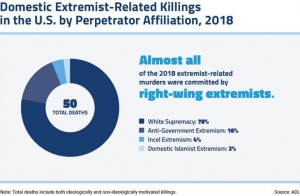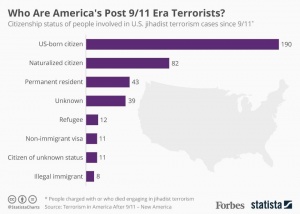Image courtesy of the Washington Post
Many remember where they were when they first experienced the Arab Spring in late 2010. The wave of revolutions which engulfed the Middle East/North Africa region was inspired by Mohammed Bouazizi’s self-immolation in Tunisia. Bouazizi’s suicide served as the flashpoint for the Tunisian revolution in which citizens of the country protested against the oppressive regime of then President Zine El Abidine Ben Ali. The Tunisian Revolution became the Egyptian revolution which then led to the Libyan revolution, the Syrian Revolution also occurred around this same time. Bahrain, Morocco, and Yemen also saw demonstrations. The Arab Spring marked a cultural revolution within the MENA region and showed the power of civil resistance.
Fast forward nine years later and it seems as though a new wave of revolutions is occurring that shares similarities to the movements of the Arab Spring. Both Sudan and Algeria have both recently led revolutions that have removed dictators from power. In Sudan, citizens have been leading protests for weeks aimed at removing Omar Hassan al-Bashir from power. Their protests finally reaped their rewards when the military announced that al-Bashir had been removed from power after nearly four months of protests by the Sudanese citizens. The former dictator ruled the country with an iron fist for 30 years. During this time Sudan was plagued by famine and war, a war which led to the creation of South Sudan, the newest country in the world. However, to the people of Sudan the ousting of al-Bashir was not enough, they wanted all remnants of his regime removed. The Defense Minister and head of the Sudanese military Awad Ibn Auf announced he would be taking the place of al-Bashir. Many of the Sudanese people viewed this as a lateral move and believed that nothing would change if Ibn Auf took power. They continued their protests causing Ibn Auf to step down from power after just a few days as the head of the country. This act showed that they had learned from the previous failings of many of the participating countries in the first Arab Spring. The first Arab Spring was defined by successful attempts to remove oppressive leaders only to be followed by transitional governments that shared many of the same policies and rhetoric of the original dictator. The people of Sudan wanted to topple the entire regime of al-Bashir.
Algeria is another country where protests recently removed a long-time autocrat from power. The protests in Algeria helped to remove President Abdelaziz Bouteflika from office. Bouteflika had been in power for over 20 years and was in a declining state of health which included paralysis, he had not even addressed the country publicly since 2013. The mass demonstrations began after Bouteflika announced that he would be running for a fifth straight term. There was much resentment all over the country from all sectors, including the military whose chief of staff enlisted the help of the country’s Constitutional Council to declare Bouftelika unfit for office. However, to the Algerian citizens this only served as a front for a dying regime. Similar to the people of Sudan, the people of Algeria wanted institutional changes within the government. Smain Kouadria, an activist in the opposition Workers’ Party stated, “All the senators are children of the system. The announcement of his resignation is simply part of the rescue operation for a dying system” The problem facing the country now is who will lead the country moving forward. Many of the young people have only known the reign of Bouftelika and refuse to accept another member from his regime. The government has chosen to appoint Abdelkader Bensalah interim president in the meantime until the proper elections can be held which are scheduled for July 4th. However, these elections are scheduled to be held and be fair, but the opposition has not been able to unite around a candidate who would be able to challenge the remnants of the regime.
The revolutions in Algeria and Sudan that have toppled these long-time autocrats signal hope for these countries moving forward. However, these revolutions cannot be deemed successful until the government that succeeds them is put in place through democratic means or that has the approval of the citizens. The fact that these revolutions were successful and their demands were met through nonviolent means shows that nonviolent revolutions are possible. The aftermath of the Arab Spring has left an impression on the minds of those who are participating in the revolutions as we saw in Sudan and Algeria. Even after the ousting of the original dictator, the people continued their revolution to ensure that other members of his cabinet did not replace him and just continue with their policies. One can only hope that the success of these revolutions may inspire others in the Arab world to led successful revolutions against their government.















